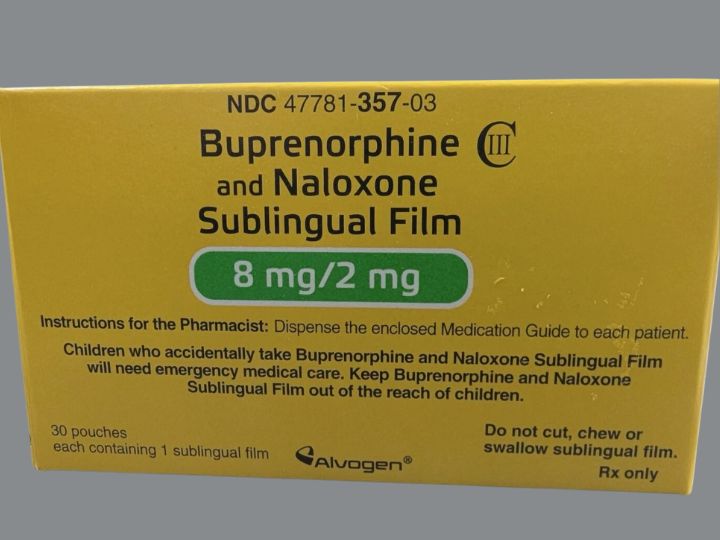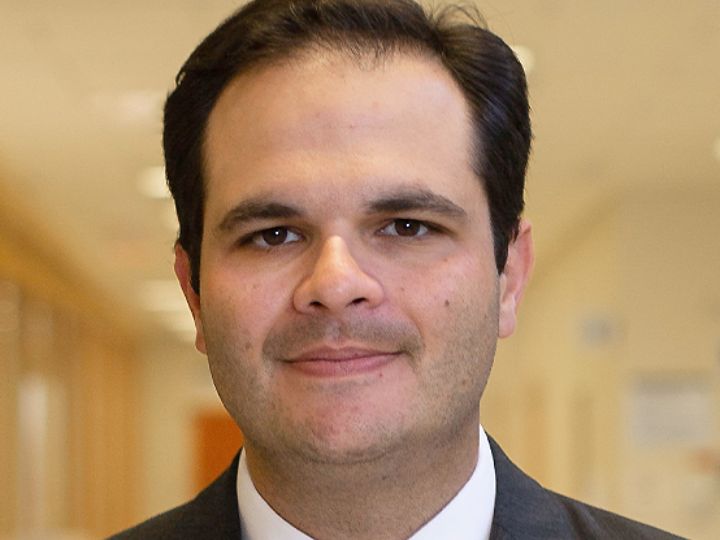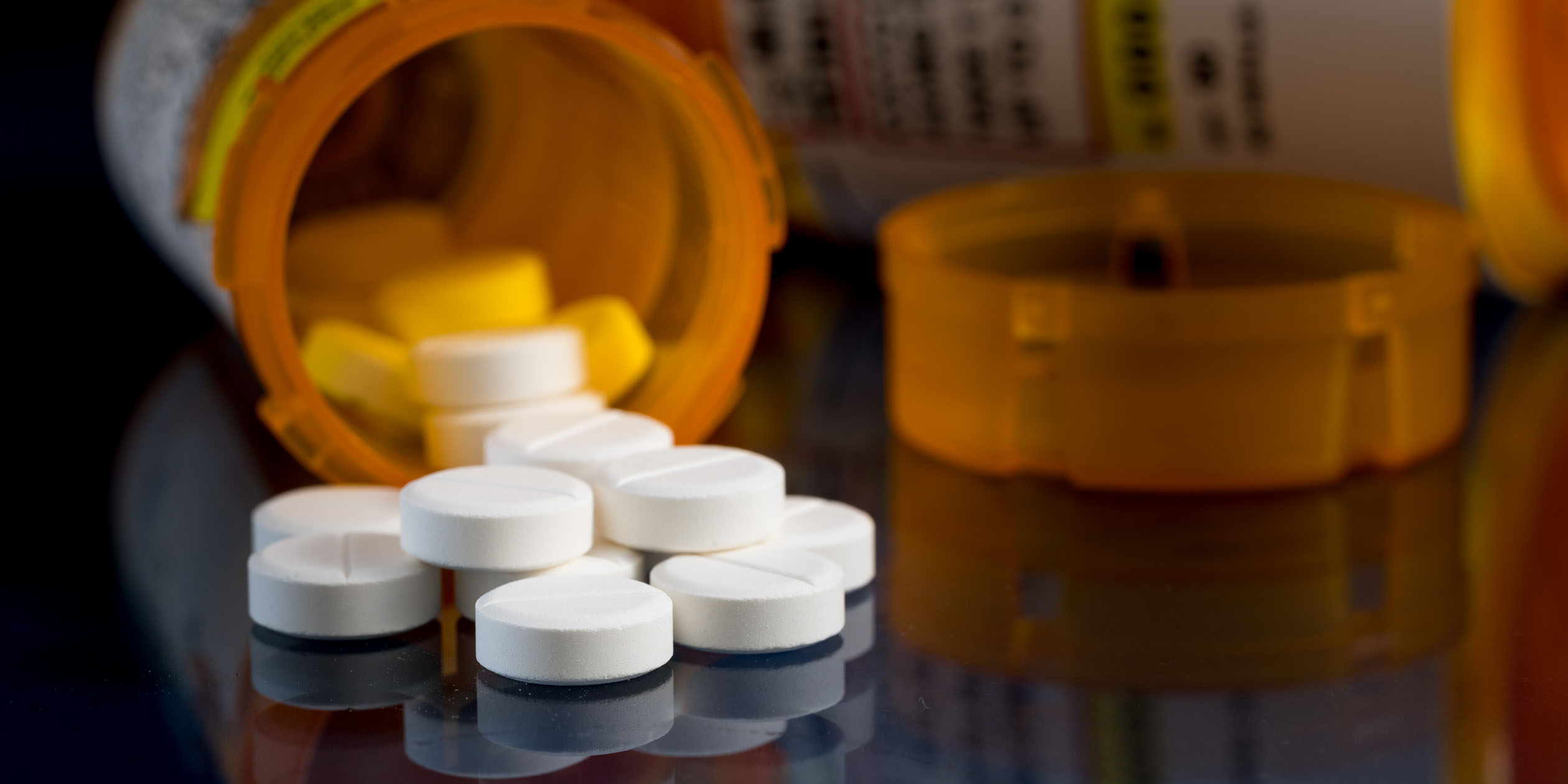Pharmacists now have more guidance in combatting the opioid crisis and providing treatment to patients thanks to new national guidelines developed at the University of Houston College of Pharmacy. The Pharmacy Access to Resources and Medication for Opioid Use Disorder Guideline, released today, addresses critical barriers in the treatment of Opioid Use Disorder across the nation’s community pharmacies.
With approximately 2.7 million individuals in the U.S. affected by OUD, the need for effective management strategies has never been more urgent. The PhARM-OUD Guideline marks a significant advancement as the first consensus, evidence-based practice guideline specifically tailored for community pharmacists, equipping them with essential tools to enhance patient care.
“Not all pharmacies stock medication for opioid use disorder, this new practice guideline will change that,” said Tyler Varisco, assistant professor of pharmaceutical health outcomes and policy at UH and principal investigator of the project.
“By addressing the unique administrative and regulatory challenges they face, we aim to empower pharmacists to confidently dispense buprenorphine and provide effective care for those living with OUD,” Varisco said.
The PhARM-OUD Guideline provides nine major recommendations and 35 additional strategies designed to eliminate confusion and fear surrounding the dispensing of buprenorphine, a lifesaving medication for the treatment of OUD.
It specifies key actions:
- Reducing stigma associated with dispensing buprenorphine
- Improving pharmacists’ understanding of state and federal regulation
- Enhancing communication with healthcare providers
These guidelines are crucial because they not only address the knowledge gaps that have historically hindered pharmacists from providing OUD treatment but also foster an environment where pharmacists can confidently engage in patient-centered care. By equipping pharmacists with the tools and resources they need, the PhARM-OUD Guideline aims to increase the availability of buprenorphine and ultimately improve health outcomes for individuals receiving treatment for opioid use disorder.


Currently, only about half of U.S. pharmacies dispense buprenorphine, despite it being the only medication routinely provided by community pharmacists for OUD treatment.
Developed through a collaborative effort with an expert panel that includes psychiatrists, psychiatric pharmacists, and representatives from the National Association of Boards of Pharmacy and the National Community Pharmacists Association, the guideline reflects a comprehensive approach to pharmacy practice for patients with OUD. The American Society of Addiction Medicine, the American Pharmacists Association, the American Society of Health Systems Pharmacists, the American Association of Psychiatric Pharmacists, and Vital Strategies, a leading global public health organization, have all indicated their support for the guidance.
The PhARM-OUD Guideline is available on the National Association of Boards of Pharmacy website. Varisco, along with Douglas Thornton and Matthew Wanat in the Prescription Drug Misuse Education and Research (PREMIER) Center at the University of Houston College of Pharmacy will work closely with the National Community Pharmacists Association to develop educational materials that facilitate the adoption of these critical recommendations in more than 61,000 community pharmacies across the country.
The project was funded by a two-year, $572,278 grant from the Foundation for Opioid Response Efforts and is part of a broader $2 million initiative by FORE, which has awarded $33.9 million to combat the opioid crisis since its founding in 2018.
